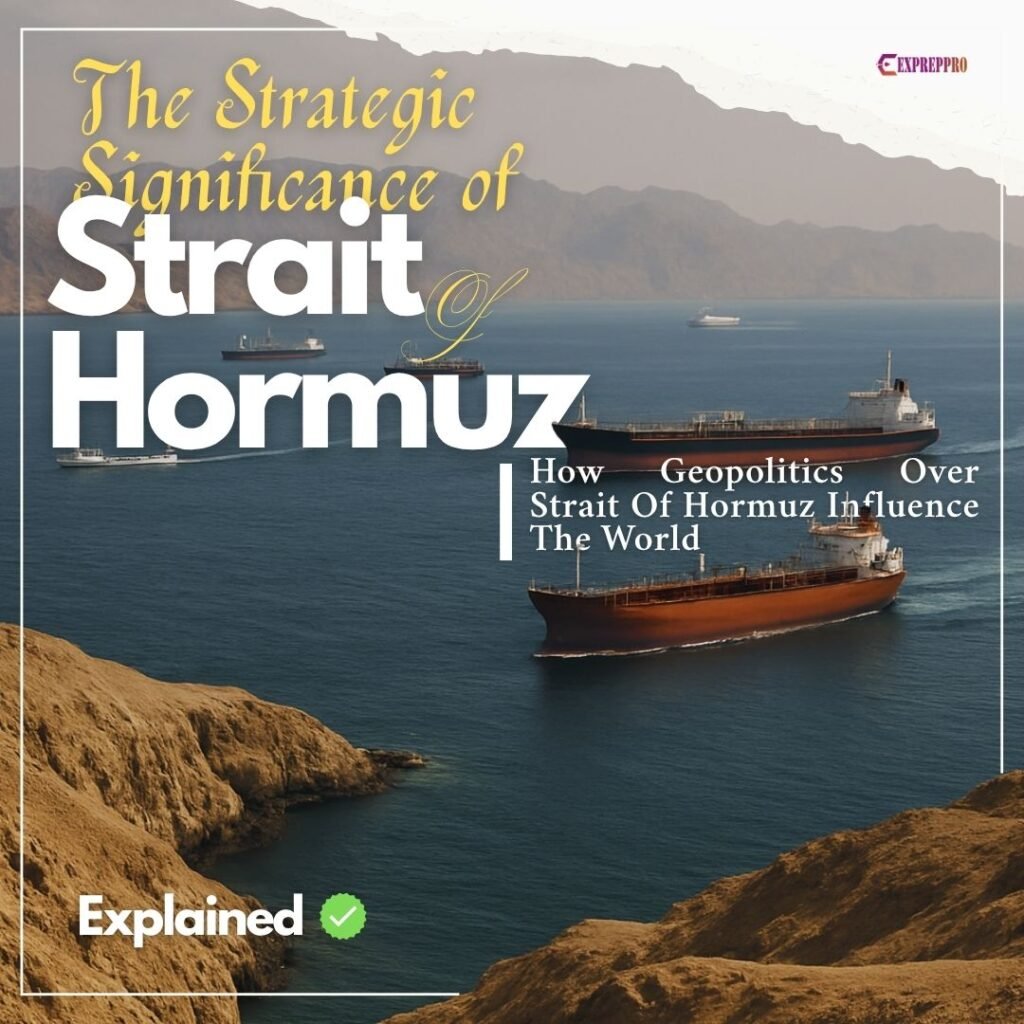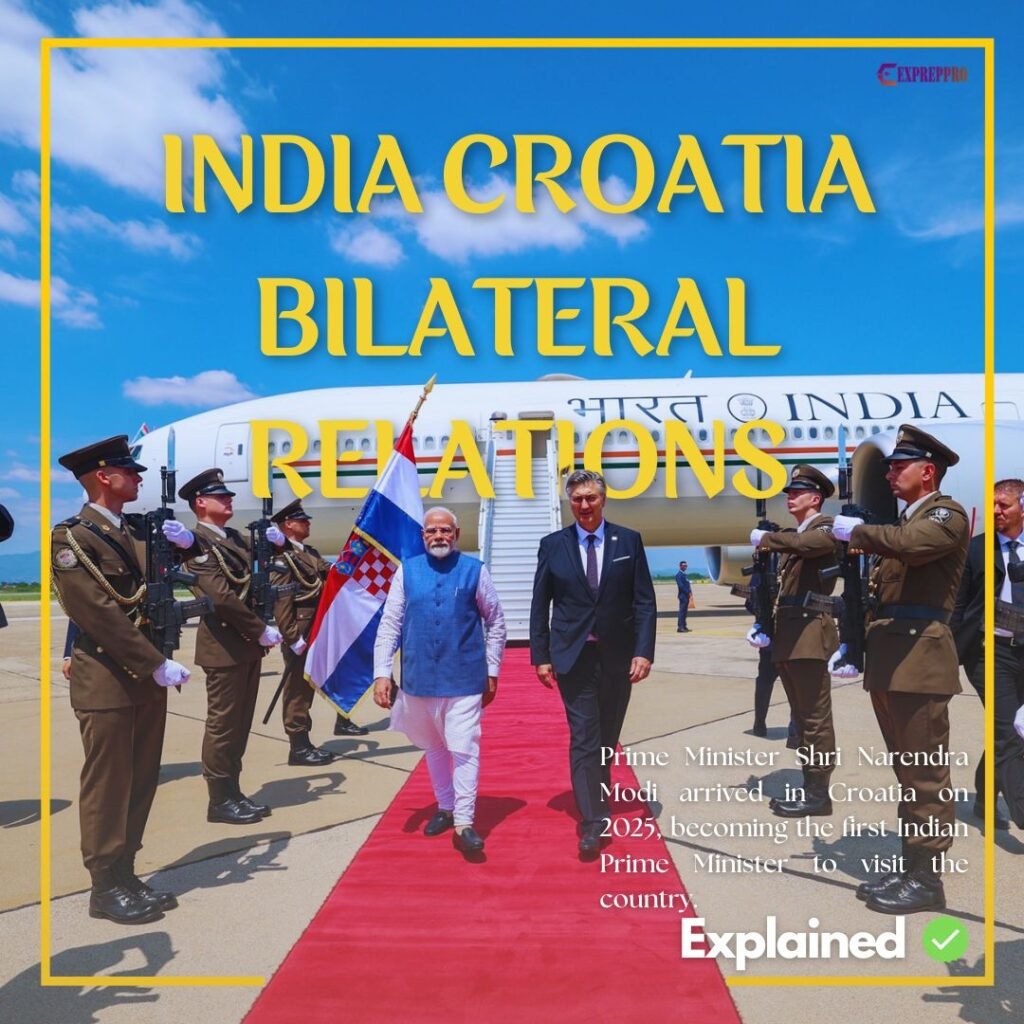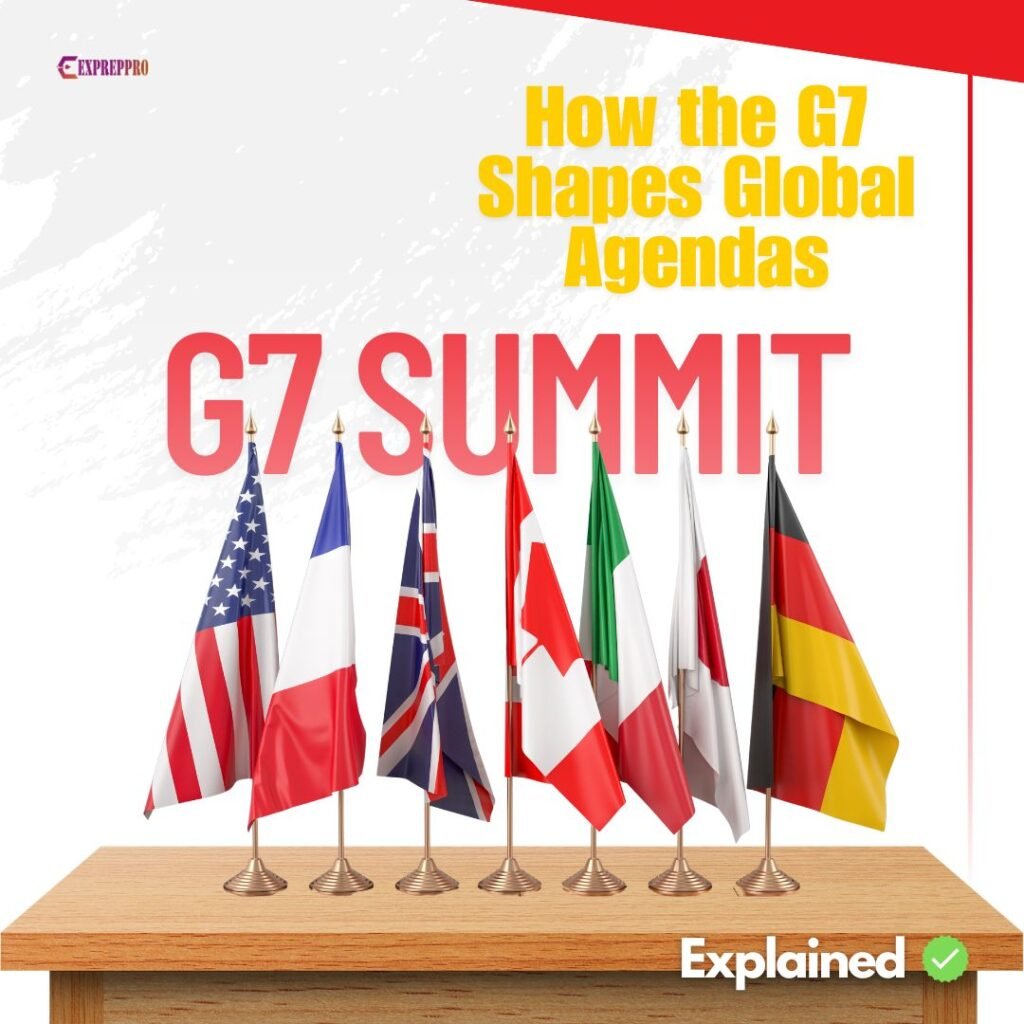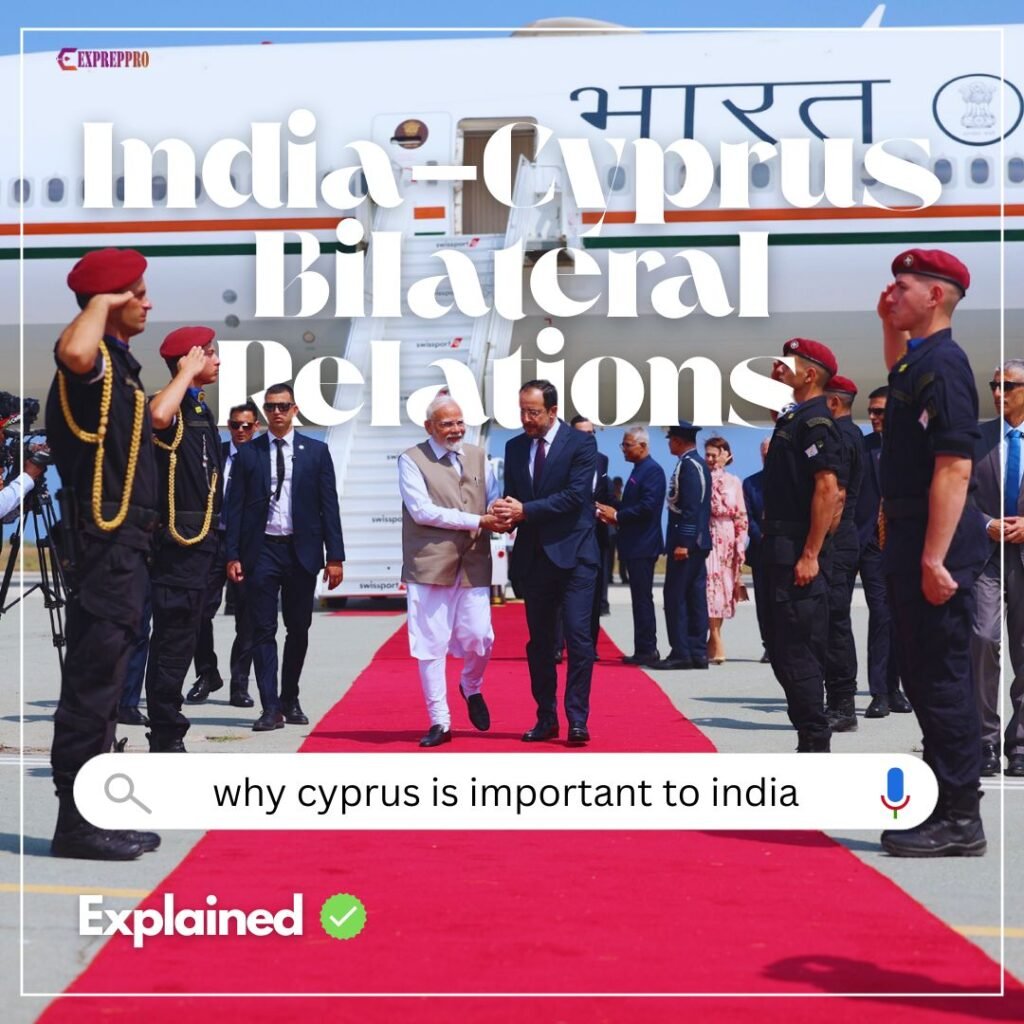
Mangroves Ecosystem or Nature’s Fortress Explained. UPSC Environment
Mangroves are salt-tolerant trees, generally exceeding one and a half meters in height, that typically nurture above mean sea level in the intertidal zone of marine coastal or estuarine environments of tropical and sub-tropical coastlines.
Read More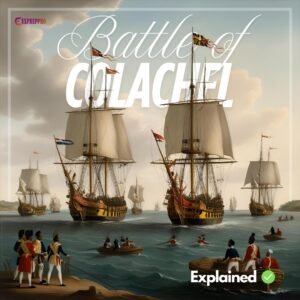
Battle of Colachel : How Travancore Stunned Dutch Power. UPSC History
Battle of Colachel in 1741, where the Travancore army under King Anizham Thirunal Marthanda Varma fought against the Dutch East India Company, marked a significant turning point in India’s history by defeating them. Colachel was the first war in which an organised Asian power defeated a European power like the Dutch.
Read More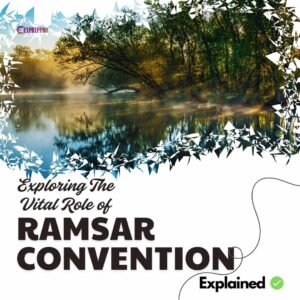
The Ramsar Convention On Wetlands Unveiled. UPSC Environment.
Ramsar Convention on Wetlands is an intergovernmental treaty that provides the framework for the conservation and wise use of wetlands and their resources. According to Ramsar convention, “wetlands are areas of marsh, fen, peatland or water, whether natural or artificial, permanent or temporary, with water that is static or flowing, fresh, brackish or salt, including areas of marine water the depth of which at low tide does not exceed six meters”.
Read More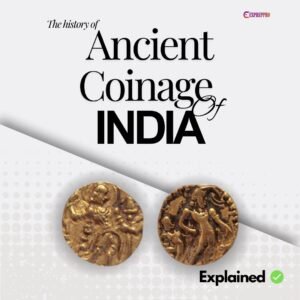
History And Evolution Of Ancient Indian Coins. UPSC history
The earliest literary and archaeological evidence of coinage in ancient India dates from the seventh to fifth century B.C. Before, people used barter systems for trade. The Harappans used extensive trade with barter, and in fact, there is no consensus on the monetary value of Harappan seals. Later Vedic texts mention Suvarna and Shatamana, but we cannot consider them as full-fledged coins. The Buddhist text Ashtadhyayi refers to terms like Kahapana and pada. They can be compared with metal pieces with monetary value. The basic unit of the Indian coin weight system was a red and black seed of Gunja berry or Abrus precatorius or Ratti. In south India, Manjadi seed was used instead of Gunja berry.
Read More
What is model code of conduct ? UPSC
The model code of conduct (MCC) is a set of non-legally binding guidelines issued by the Election Commission of India for political parties and candidates during elections. The main intention of the model code of conduct is to create a level playing field for all parties during elections. It is “Dos” and “Don’ts” for political parties and candidates during elections.
Read More
English East India Company- A Voyage To Dominance. UPSC History
English East India Company was an English venture started by a group of English merchants based in London to trade with the east in 1600. This joint stock company initiated the expansion of British imperialism to the east. Thomas Aldworth secured a grant from Jahangir and established the first factory at Surat. The first English man to reach India was Thomas Stephens. He came to Goa in 1579.
Read More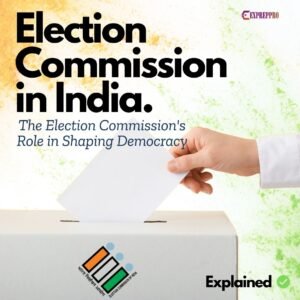
Election Commission of India And Its Role In Shaping Democracy. UPSC
Election Commission of India is the constitutional body responsible for conducting free and fair elections in India, the largest democracy in the world. The Election Commission of India draws its power and authority from the Indian constitution and various rules mentioned in the Representation of the People Act, 1951. In 2025, ECI celebrated its 75th Year of its establishment. Articles 324 to 325 of the Indian constitution provide for an election commission.
Read More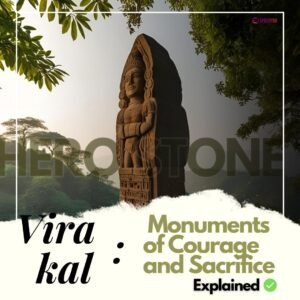
Virakal or Hero Stone The Monuments of Valor And Sacrifice Explained. UPSC
Herostone or Virakal are memorial stones erected to recognise and worship the valour of a person or a group of persons. Hundreds of inscribed and uninscribed hero stones are found in different parts of southern India. The highest number of hero stones or memorial stones are found in Karnataka. In Tolkappium and Manimekhalai, there are references to stone chambers for dead persons.
Read More
Mutualism – Exploring the Power of Nature’s Cooperative Bonds. UPSC Environment.
Mutualism is an interaction or relationship between members of two same or different species that benefits both species. This relationship helps both species to have an enhanced survival rate. Mutualism can be divided into two types, Obligate Mutualism and Faculative Mutualism.
Read More
Unveiling the Keystone species concept. UPSC Environment.
Keystone species are organisms with a disproportionate impact on the community relative to their abundance. Keystone species dominate energy flow and affect the structure or function of the ecosystem. Examples of Keystone species include Starfish, Beaver, Elephants, sea Otters, Alligators, Bees, Wildebeest, Bison, Corals, etc.
Read More
